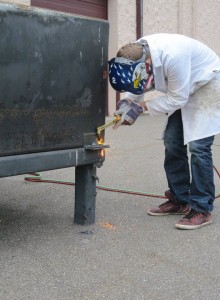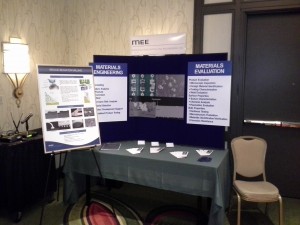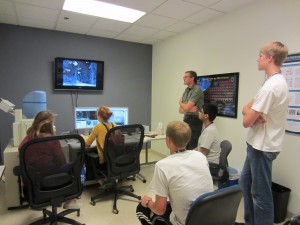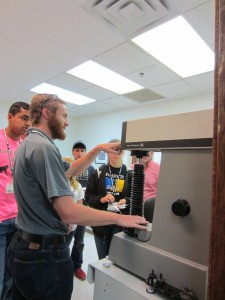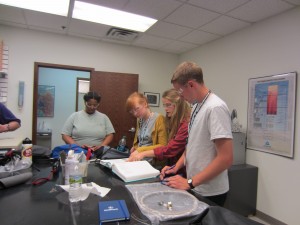Preparing Samples for Metallographic Examination
posted July 2015Not all of our projects come to us in small packages. How do we get that 7′ long, 6″ diameter steel tube or the 4′ diameter industrial fan under a microscope?
Sample preparation often begins in our machine shop. The MEE shop is equipped with a variety of cut-off saws, a Bridgeport mill, plasma cutter, band saws, and other specialty tools necessary to cut out representative sections from large pieces for further preparation before a metallographic and/or microscopic examination.
Before any cutting is done, it is crucial to understand that proper sample preparation methods are necessary for accurate materials analysis. Care must be taken when cutting a sample from a larger piece to not contaminate or alter the area of interest.
If you have questions about sample preparation, preservation or handling, read MEE’s ten commandments of sample handling and preservation in our online Handbook of Analytical Methods for Materials.
Filed under: Materials Characterization, Materials testing laboratory, metallography, microscopy,

